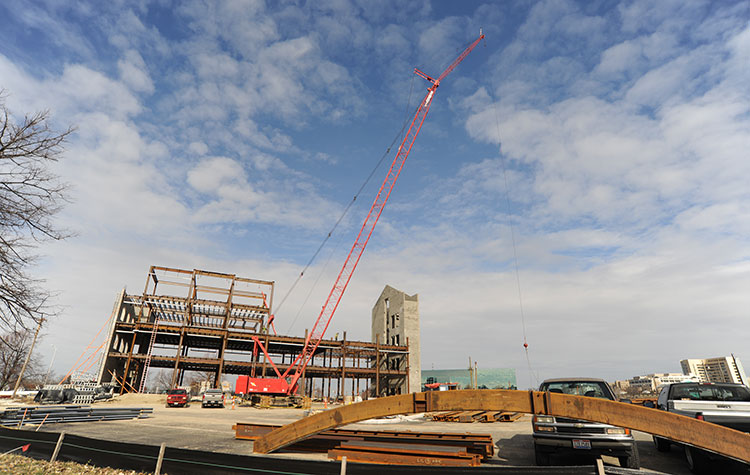Studying Buried Pipeline Behavior Using Physical and Numerical Modeling
Document Type
Conference Paper
Publication Date
3-2012
Publication Source
GeoCongress 2012: State of the Art and Practice in Geotechnical Engineering
Abstract
Polyethylene pipes are commonly used in new pipeline systems as well as in replacing old pipelines. When used in replacing aging pipelines, they are connected to existing old pipelines of different materials, such as cast iron. Due to a higher thermal expansion/contraction coefficient of polyethylene compared to cast iron, thermal loads may cause additional stresses in the cast iron pipelines and especially at the pipe joints. An accurate assessment of the loads transferred to the existing cast iron pipe joints requires an evaluation of the resistance provided by the friction at the soil-polyethylene and soil-cast iron pipe interfaces. The tests were performed in the laboratory and in the field to obtain soil-pipe interface friction properties. Then the interface strength properties obtained from the physical models were used in numerical modeling to investigate the overall behavior of the pipeline system, to determine the loads transferred to the pipe joints, and to assess the integrity of the joints. The results of the physical and numerical modeling are presented in this paper.
Inclusive pages
2128-2137
ISBN/ISSN
9780784412121
Copyright
Copyright © 2012, American Society of Civil Engineers
Publisher
American Society of Civil Engineers
Place of Publication
Oakland, CA
Peer Reviewed
yes
eCommons Citation
Bilgin, Ömer and Stewart, Harry E., "Studying Buried Pipeline Behavior Using Physical and Numerical Modeling" (2012). Civil and Environmental Engineering and Engineering Mechanics Faculty Publications. 51.
https://ecommons.udayton.edu/cee_fac_pub/51
COinS




Comments
Permission documentation is on file.